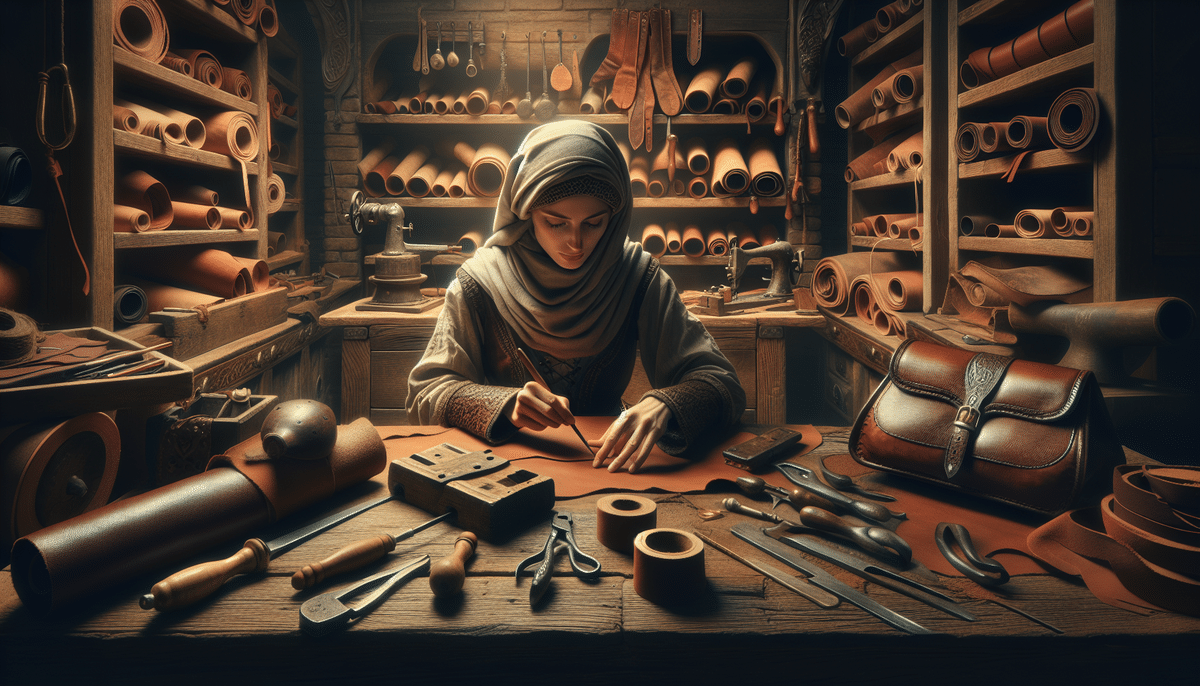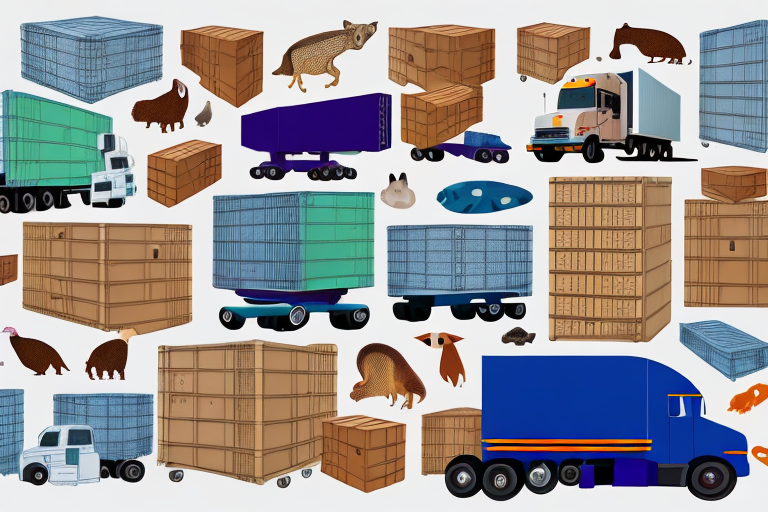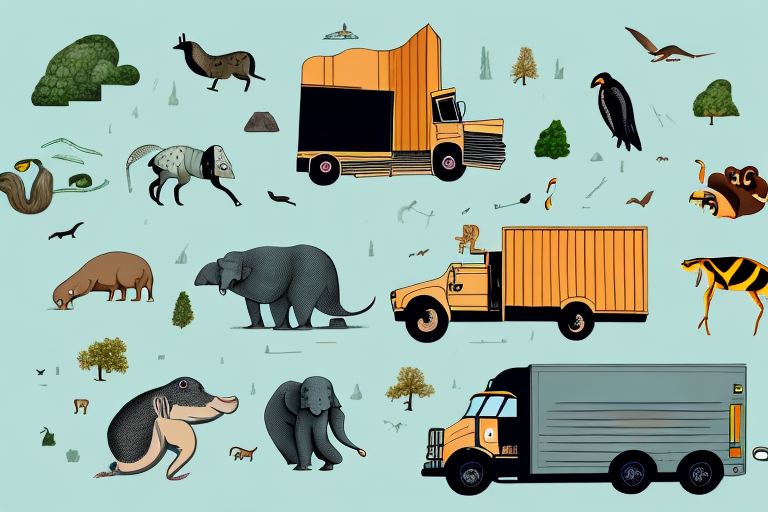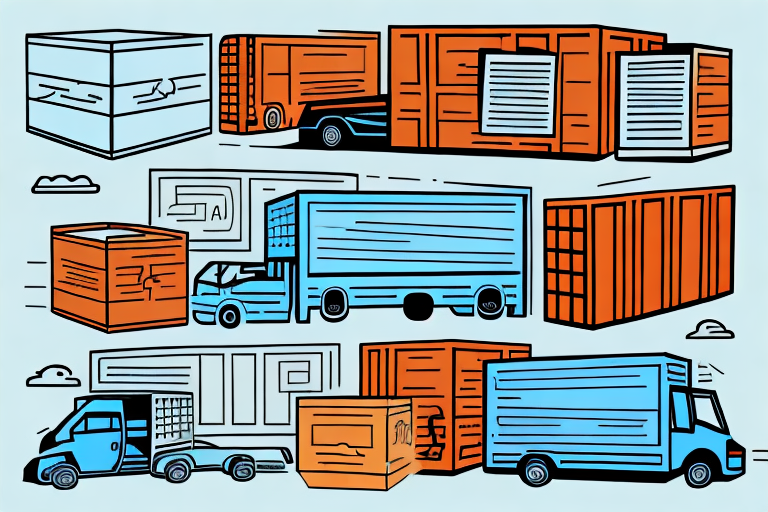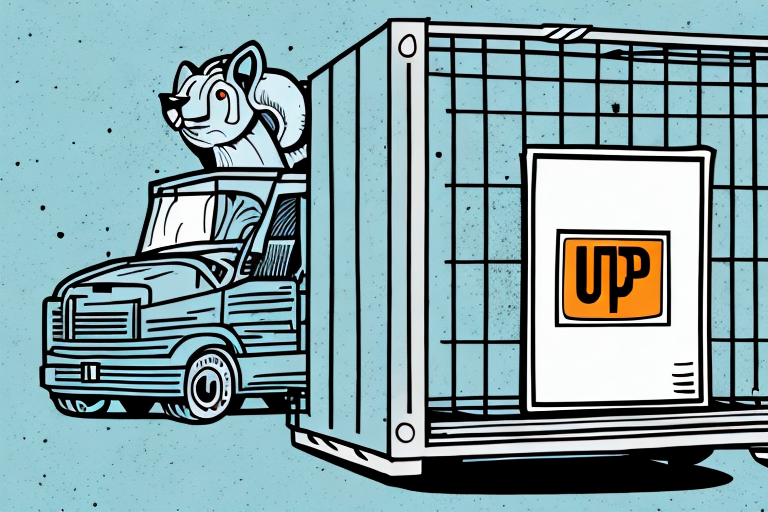Understanding Currier Work
Currier work is an intricate art form centered around the tanning and crafting of animal hides into high-quality leather products. Originating centuries ago, this practice involves transforming raw hides into durable, flexible materials that are used to create a variety of items such as bags, shoes, belts, and more. The essence of currier work lies in the skillful manipulation of leather to highlight its natural beauty and durability.
Key aspects of currier work include:
- Tanning Process: Essential for converting animal hides into leather by making them durable and resistant to decay.
- Material Selection: Different types of leather, such as cowhide, sheepskin, and pigskin, are chosen based on the intended use of the final product.
- Crafting Techniques: Cutting, sewing, and finishing processes that ensure the creation of high-quality leather goods.
The History and Evolution of Currier Work
The roots of currier work can be traced back to ancient civilizations, where leather was a primary material for creating essential items like sandals, armor, and tools. Over the centuries, currier work has evolved significantly, influenced by technological advancements and changing consumer demands.
Early Practices
In early societies, currier work was a necessary craft for survival, providing durable goods for everyday use. The techniques were largely manual, relying on basic tools and natural tanning methods.
Technological Advancements
The invention of the sewing machine in the 19th century revolutionized currier work by allowing for more precise and efficient stitching. Additionally, the introduction of synthetic tanning agents made leather production more affordable and accessible.
Sustainable and Ethical Practices
In recent years, there has been a significant shift towards sustainable and ethical practices within the leather industry. Modern curriers are increasingly adopting vegetable-tanned methods and utilizing recycled materials to minimize environmental impact.
According to the Statista Leather Industry Report 2023, over 60% of leather producers are now implementing sustainable practices to meet consumer demand for eco-friendly products.
Types of Materials Used in Currier Work
The selection of leather is pivotal in currier work, as each type offers unique properties suited for different applications.
Cowhide
Cowhide is renowned for its durability and strength, making it a popular choice for items like belts, wallets, and boots. Its robust nature ensures longevity and resistance to wear and tear.
Sheepskin
Sheepskin is prized for its softness and flexibility, ideal for creating comfortable gloves, jackets, and finer clothing items. Its pliable texture allows for intricate detailing and smooth finishes.
Pigskin
Pigskin is lightweight and highly flexible, making it perfect for crafting bags, purses, and other accessories that require ease of movement and a sleek appearance.
Exotic Leathers
Exotic leathers such as alligator, ostrich, and snake skin are sought after for their distinctive textures and visual appeal. These materials are often used in luxury goods but require specialized techniques to handle properly.
It's important to source exotic leathers ethically and legally, adhering to regulations like the CITES (Convention on International Trade in Endangered Species) to protect endangered species.
Essential Tools and Equipment for Currier Work
Having the right tools is essential for successful currier work. Investing in quality equipment not only enhances the craftsmanship but also ensures safety and efficiency.
Basic Tools
- Cutting Mat: Protects surfaces and provides a stable base for cutting leather.
- Straight Edge Knife: Essential for making clean, precise cuts.
- Rotary Cutter: Ideal for cutting long, straight lines quickly.
- Stitching Awl: Used for creating holes and sewing leather pieces together.
- Burnishing Tool: Smoothens and finishes the edges of leather items.
Specialized Tools
- Skiving Knife: Thins out leather edges for a neat finish.
- Strap Cutter: Ensures precision when cutting leather straps.
- Creaser Tool: Creates decorative lines and patterns on leather surface.
Regular maintenance of tools, such as sharpening blades and cleaning equipment, is crucial for their longevity and effective performance.
Starting Your Own Currier Work Project
Embarking on a currier work project can be a rewarding endeavor. Here's a step-by-step guide to help you get started:
1. Choose a Pattern or Design
Select a design that matches your skill level and the type of item you wish to create. Beginners might start with simple projects like wallets or belts before moving on to more complex items.
2. Select the Appropriate Leather
Consider the type of leather that best suits your project’s requirements. For example, vegetable-tanned leather is excellent for tooling and carving, while chrome-tanned leather offers more flexibility for items like bags and shoes.
3. Prepare and Cut the Leather
Using your chosen tools, carefully measure and cut the leather according to your pattern. Precision at this stage is key to ensuring a professional finish.
4. Stitching
Employ the appropriate stitching techniques, such as the saddle stitch or whip stitch, to assemble the pieces. Proper stitching not only holds the parts together but also adds to the item's aesthetic appeal.
5. Finishing and Polishing
Finish your project by burnishing the edges and applying leather conditioners or polishes to enhance durability and appearance.
Techniques and Best Practices in Currier Work
Mastering various techniques is essential for creating high-quality leather goods. Here are some key methods used in currier work:
Cutting Techniques
Using tools like straight edge knives and rotary cutters, precise cutting ensures that pieces fit together seamlessly. Always keep your tools sharp and use a cutting mat to maintain accuracy.
Stitching Techniques
- Saddle Stitch: A strong, durable stitch ideal for seams and attaching leather pieces.
- Blanket Stitch: A decorative stitch that finishes edges neatly and can add color or texture.
- Whip Stitch: Used for securing edges and creating a continuous loop of stitching.
Adding Decorative Elements
Enhance your projects with techniques like tooling, stamping, and embossing. These methods allow you to add intricate designs and personalized touches to your leather goods.
For more advanced decorative techniques, consider exploring resources such as the Leathercraft Ninja for tutorials and inspiration.
Maintaining and Caring for Your Leather Creations
Proper maintenance is crucial to ensure the longevity and appearance of your currier work products. Follow these care tips:
Regular Cleaning
Wipe leather items with a damp cloth to remove dust and dirt. For deeper cleaning, use a leather-specific cleaner.
Conditioning
Apply leather conditioners periodically to keep the material supple and prevent it from drying out or cracking.
Proper Storage
Store leather goods in a cool, dry place away from direct sunlight to avoid fading and deterioration. Use breathable bags or covers to protect items from moisture and dust.
Handling Moisture
Avoid exposing leather to excessive moisture. If items become wet, let them air dry naturally away from heat sources.
For detailed maintenance guidelines, refer to the Leather Care Guide by Leatherworker.net.
Avoiding Common Mistakes in Currier Work
Currier work can be challenging, especially for beginners. Being aware of common pitfalls can help you create better-quality leather goods:
- Using the Wrong Type of Leather: Ensure you select the appropriate leather type for your project to achieve the desired outcome.
- Inaccurate Cutting: Precision is key. Take your time to measure and cut accurately to avoid mismatched pieces.
- Poor Stitching: Invest time in learning proper stitching techniques. Inconsistent or weak stitches can compromise the integrity of your item.
- Neglecting Tool Maintenance: Regularly sharpen and clean your tools to maintain their effectiveness and safety.
By addressing these common mistakes, you can enhance the quality and durability of your currier work projects.
Exploring Advanced Currier Work Techniques
Once you've mastered the basics, you can explore advanced techniques to take your currier work to the next level:
Leather Carving and Tooling
Carving intricate patterns and designs into leather adds a personalized and artistic touch to your creations. This requires patience and practice but can significantly elevate the aesthetic quality of your work.
Making Complex Items
Challenge yourself by crafting more complex items such as leather hats, shoes, or even full sets of armor. These projects involve multiple steps and advanced techniques, providing a rewarding experience upon completion.
Innovative Finishes
Experiment with different finishes like glazing, painting, or applying metallic accents to create unique and eye-catching effects on your leather goods.
For inspiration and advanced tutorials, visit the Tandy Leather Learning Center, which offers a wide range of resources for skilled curriers.
Conclusion
Currier work is a timeless art form that combines craftsmanship, creativity, and practicality. By understanding the fundamentals, investing in quality materials and tools, and continuously honing your skills, you can create beautiful and durable leather goods. Whether you're a hobbyist or aspiring professional, the world of currier work offers endless opportunities for expression and mastery.
Embark on your currier work journey today and experience the satisfaction of creating lasting, handcrafted leather items.

